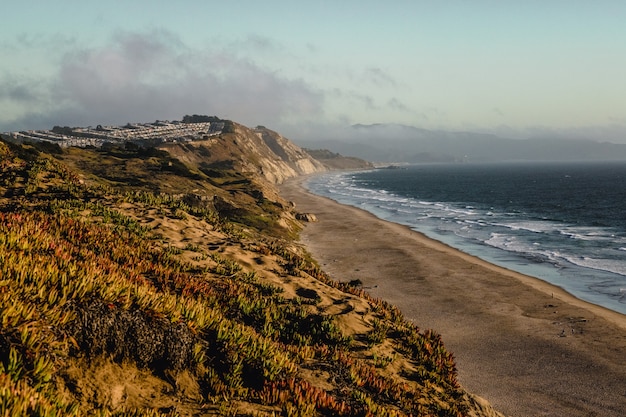
Discovering Cape Alava: A Journey to the Western Edge of the Continental U.S.
If you’re passionate about visiting the extreme ends of places like I am, Cape Alava should definitely be on your list. As the westernmost point of both Olympic National Park and the Continental United States, it offers a unique adventure for explorers. Don’t forget to also check out my post on the easternmost point at West Quoddy Head in Maine.
How to Get to Cape Alava
Situated in Olympic National Park and the Makah Indian Reservation in Washington State, Cape Alava stands as the westernmost point in the U.S. Despite some other locations appearing farther west, low tide exposes a small island that solidifies Cape Alava’s status.
Driving Directions
The journey begins at the Ozette Ranger Station on the Ozette Loop. To get there, take WA-112W, then turn left onto Hoko Ozette Road. Continue through rural areas, and after about 15 miles, the road splits—stay right on 27E. Follow the signs to the Ozette Ranger Station, where you’ll find parking.
Hiking the Cape Alava Trail
Accessible only by foot, the Cape Alava Trail starts at the Ozette Ranger Station and spans about 3 miles. The path alternates between boardwalks and dirt tracks. As you hike, you’ll reach a split where the Sand Point Trail branches left and the Cape Alava Trail goes right. If you have the time, consider completing the full 9-mile triangular route, which requires approximately 4 hours.
For a shorter hike, the 6-mile round trip to Cape Alava demands at least 3 hours. Be sure to pack enough water and snacks for the journey. While the trail is generally easy, take caution near the end where the terrain can be a bit tricky.
Exploring the Beach
The beaches at Olympic National Park, including Cape Alava, are wonderfully wild and untamed. Fallen logs and washed-up debris are left untouched, contributing to a natural, albeit occasionally smelly, landscape. Walking barefoot is not advisable due to the rough terrain, but the breathtaking views and the chance to camp primitively on the beach make it all worthwhile.
Camping at Cape Alava
If you’re planning to camp, Cape Alava and Sand Point offer backcountry sites that require a permit and advance reservations via Recreation.gov. These primitive sites adhere to a “leave no trace” policy, so be prepared to pack out all your waste.
Camping Fees and Reservations
A site permit costs $6.00, plus $8.00 per person. For example, a group of two would pay $22.00. Reservations open on specific dates: September 15 at 7:00 am PST for winter (October 16-May 14) and April 15 at 7:00 am PST for summer (May 15-October 15).
Cape Alava Campground
Camping here is an incredible way to experience a night in Olympic National Park. The remote location enhances the feeling of being far from civilization. Only 43 people are allowed at a time, with groups capped at 12. Bear canisters are required, and campfires are permitted only on the beach, away from drift logs.
Sand Point Campground
While Sand Point allows for larger groups of up to 99 people, the same backcountry rules apply. Bear canisters are required, and campfires are not permitted. Both campgrounds provide pit toilets, but in their absence, bury human waste 6-8 inches deep and 200 feet from campsites or water sources.
Best Time to Visit
Open year-round, the most popular time to visit Cape Alava is from April to October, with late spring and early fall offering the best conditions and fewer crowds.
Basic Information
A ranger station near the Ozette Trailhead provides seasonal services and permit pick-ups, although camping reservations are best made online. Entrance to Olympic National Park costs $35 per vehicle for seven days but may not be checked at Ozette Lake—however, it’s a good idea to display your America the Beautiful pass if you have one.
Other Adventures
– OLYMPIC: Exploring Hall of Mosses Trail
– CRATERS: Guide to Craters of the Moon National Monument
– UTAH: Guide to Golden Spike National Monument
– UTAH: 21 Best Things to Do in Bryce Canyon National Park
Embark on this adventure to Cape Alava and immerse yourself in the natural beauty and wild landscapes that make this westernmost point a must-see destination.